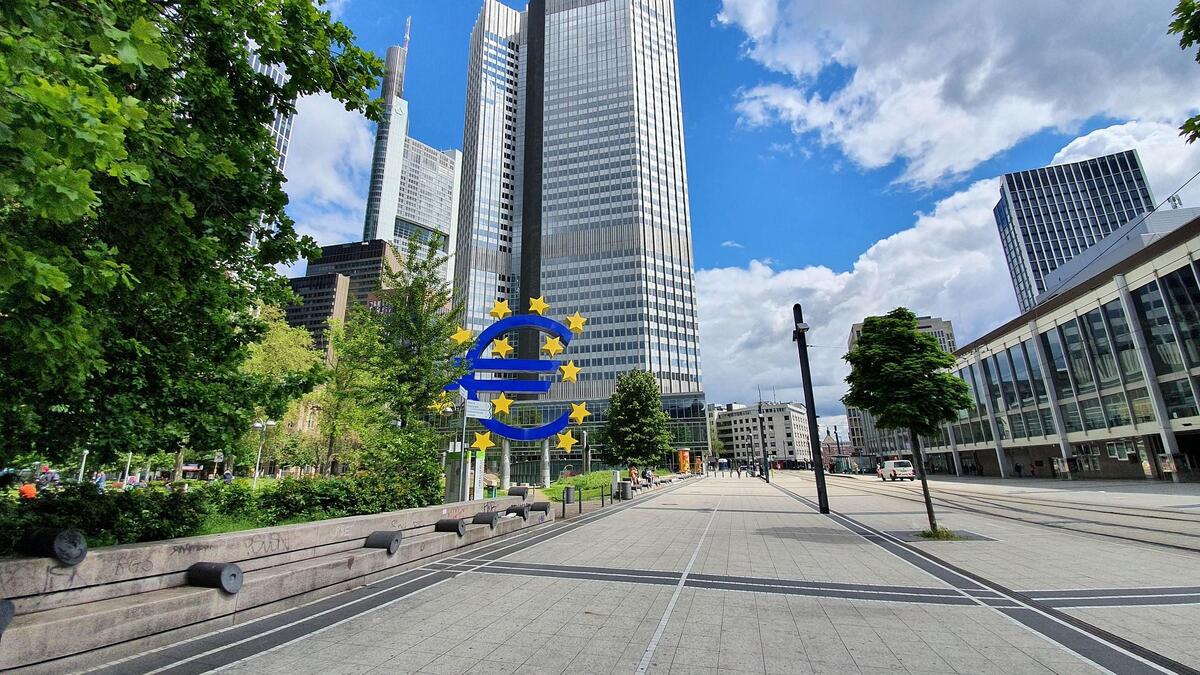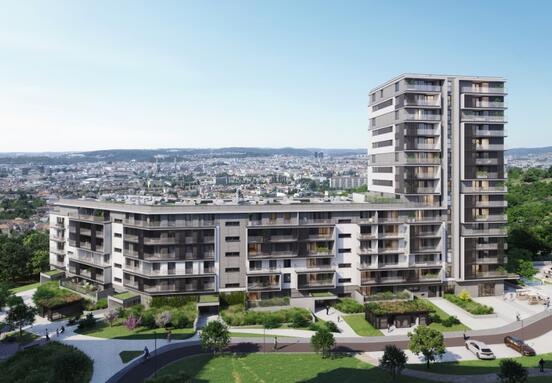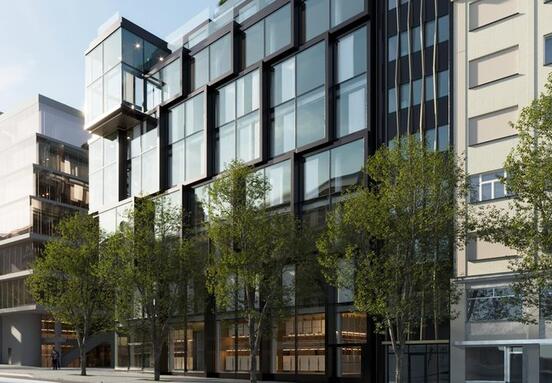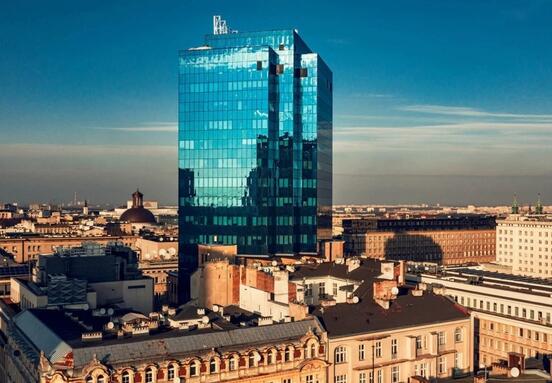“The European Central Bank (ECB) cut interest rates for the seventh time in a row in April, and central banks in Central and Eastern Europe are following suit to some extent, albeit at different paces. More countries in the region are thus entering the phase of monetary policy easing. We expect further ECB rate cuts in June and September, which would lead to a reduction in the deposit rate to 1.75%,” comments Grzegorz Sielewicz, Colliers’ Chief Economist for the CEE region and author of the publication “Beyond Real Estate | Economy” describing the current situation on the commercial real estate market.
Czech Republic – Lower rates amid external risks
The Czech National Bank started monetary easing at the end of 2023, when it cut its rates by 325 basis points. The Czech economy is showing signs of recovery. According to projections, GDP should grow by 2.2% this year, mainly thanks to domestic demand and rising real wages. However, external factors and structural issues could limit the pace of growth. The CNB recently paused its rate-cutting cycle to revise its inflation forecasts for this year upwards. Inflation in the Czech Republic has been falling significantly throughout 2024, but is now expected to average 2.4% in 2025, slightly above the central bank’s 2% target. This reflects ongoing wage pressures in the services sector and external risks stemming from Germany’s fiscal stimulus, which could spill over into Czech exports and complicate disinflationary efforts. The CNB may continue to cut rates cautiously this year to prevent inflationary pressures or a weakening of the Czech koruna.
“Given the key role of external financing in the capital structure of real estate transactions, the continued decline in ECB and CNB interest rates is a positive development. This trend is expected to support transaction activity in both the commercial and residential real estate markets,” says Omar Sattar, Director of Investments at Colliers, on the Czech market.
Poland – Dovish Turn Signals for Coming Rate Cuts
Poland may start a rate cut cycle as early as May 2025. After holding its benchmark rate at 5.75% for more than a year, the National Bank of Poland is now signaling its readiness to ease monetary policy, helped by falling inflation and lower energy price forecasts. Although inflation still exceeds the central bank’s target, it is expected to return to the target by the end of the year. Slower wage growth and a stronger zloty may further support the easing. Forecasts suggest that the interest rate could fall to 3.5% by the end of 2026, at least if inflation risks remain contained.
Hungary – High rates despite economic headwinds
Hungary continues to maintain one of the highest interest rates in the region (6.50%), due to persistent inflation and political uncertainty. Although the country is emerging from an economic recession, the outlook for the real estate market remains limited, especially given the ongoing difficulties in accessing EU funds and structural problems in the automotive industry.
Romania – Monetary policy shaped by political uncertainty
The Romanian central bank has maintained high interest rates despite falling inflation, mainly due to political uncertainty ahead of the May presidential elections. Inflationary pressures persist, especially in the services sector, due to rising public sector wages. Colliers expects a modest rate cut by the end of the year – assuming the country’s political and fiscal situation stabilizes.
Bulgaria – Gradual rate cuts amid rising public spending
Bulgaria is pursuing a cautious monetary policy and gradually cutting interest rates as it seeks to meet the criteria for joining the eurozone. Inflation remains elevated and rising public spending is weakening the effectiveness of the central bank’s measures. Despite these challenges, adopting the euro remains a strategic goal, albeit a politically contentious one. If inflation falls to 2% by the end of the year, Bulgaria could become a regional outlier and meet the criteria for joining the eurozone.
Slovakia – between investment opportunity and trade risk
As a member of the eurozone, Slovakia will directly benefit from the ECB’s rate cut, which could boost investment. However, the Slovak economy’s heavy reliance on exports makes the country vulnerable to international trade tensions, particularly US tariffs. The machinery and electrical equipment manufacturing sector, which is key to Slovak exports, could be particularly affected. In addition, inflation rose to 4% in March 2025, the highest level since the beginning of last year.
“In countries where interest rates are falling, lower financing costs will stimulate investment and improve conditions for the commercial real estate sector. This represents a real opportunity for recovery – especially in the logistics and industrial segments, where lower financing costs and increased demand for warehouse space, triggered by nearshoring, can significantly accelerate new construction,” adds Grzegorz Sielewicz.
Colliers experts also highlight the growing potential of the office market, especially in capital cities such as Warsaw and Prague, where demand for modern, energy-efficient buildings is growing. The modernization of older buildings is gaining momentum and pressure from tenants for sustainable solutions is becoming stronger.
Due to the shortage of apartments, the student housing and institutional rental housing segments are also gaining importance. Meanwhile, rising wages are supporting a recovery in retail and hospitality.








